high voltage lithium battery
The Evolution of High Voltage Lithium Batteries: Powering the Future of Energy Storage
The global shift towards renewable energy and sustainable technologies has made lithium-ion batteries a cornerstone of modern energy systems. As the demand for clean energy grows, so does the need for efficient and reliable energy storage solutions. High voltage lithium batteries, in particular, have emerged as a game-changer in the race to decarbonize the planet. This article explores the evolution, applications, and future of high voltage lithium batteries, focusing on their role in the green energy landscape.

Introduction: The Growing Need for Energy Storage
The renewable energy sector is booming, with solar and wind power installations surging across the globe. However, the intermittent nature of these energy sources poses a significant challenge: how to store excess energy for times when the sun isn’t shining or the wind isn’t blowing. This is where advanced battery technologies, such as high voltage lithium-ion batteries, come into play.
According to the International Energy Agency (IEA), global solar photovoltaic capacity is expected to grow by over 60% by 2030. With this rapid expansion, the demand for efficient energy storage systems has never been higher. High voltage lithium batteries, known for their high energy density and long lifespan, are at the forefront of this revolution.
Alt Text: Diagram of a high voltage lithium-ion battery cell showcasing its energy storage capabilities.
The Rise of High Voltage Lithium Batteries
High voltage lithium batteries are a specialized type of lithium-ion technology designed to operate at higher voltages, making them ideal for large-scale energy storage applications. Unlike traditional lithium-ion batteries, which typically operate at voltages between 3.7V and 4.2V, high voltage lithium batteries are designed to function at voltages exceeding 5V. This allows them to store more energy in a smaller footprint, making them a favorite for both residential and industrial use.
One of the key advantages of high voltage lithium batteries is their ability to integrate seamlessly into renewable energy systems. Whether it’s a home solar energy hub or a utility-scale wind farm, these batteries provide the flexibility needed to manage fluctuating energy supplies. For instance, a home energy storage system equipped with high voltage lithium batteries can store excess solar energy during the day and release it at night, reducing reliance on the grid.
The Role of High Voltage Lithium Batteries in Green Energy
The transition to green energy relies heavily on the ability to store and manage power effectively. High voltage lithium batteries are pivotal in this transition, offering several benefits:
Energy Density: These batteries pack a significant amount of energy into a small space, making them ideal for both on-grid and off-grid applications.
Longevity: High voltage lithium batteries have a longer lifespan compared to traditional lead-acid batteries, reducing the need for frequent replacements and lowering overall costs.
Scalability: Whether it’s a small residential system or a large commercial installation, high voltage lithium batteries can be scaled to meet specific energy storage needs.
Efficiency: With minimal energy loss during charging and discharging, these batteries ensure that more energy is retained and usable.
According to a report by BloombergNEF, the global energy storage market is expected to grow at a compound annual growth rate (CAGR) of 21% from 2023 to 2030. High voltage lithium batteries are poised to play a central role in this growth.
Challenges and Innovations in the Lithium Battery Supply Chain
While the demand for high voltage lithium batteries is surging, the supply chain faces several challenges. The production of lithium-ion batteries requires critical raw materials such as lithium, cobalt, and nickel, which are often sourced from regions with limited infrastructure or ethical concerns.
To address these challenges, companies are investing in sustainable practices and alternative sourcing methods. For instance, recycling programs for used lithium batteries are becoming more widespread, helping to reduce reliance on mine-sourced materials. Additionally, advancements in battery chemistry are reducing the need for cobalt, making the production process more sustainable.
The Future of High Voltage Lithium Batteries
As the world continues to embrace renewable energy, the demand for high voltage lithium batteries will only increase. Innovations in battery technology, such as solid-state batteries and advanced cooling systems, promise to further improve energy density and safety.
Moreover, the integration of lithium-ion batteries into smart energy management systems is expected to enhance their efficiency and usability. By combining high voltage lithium batteries with advanced software, homeowners

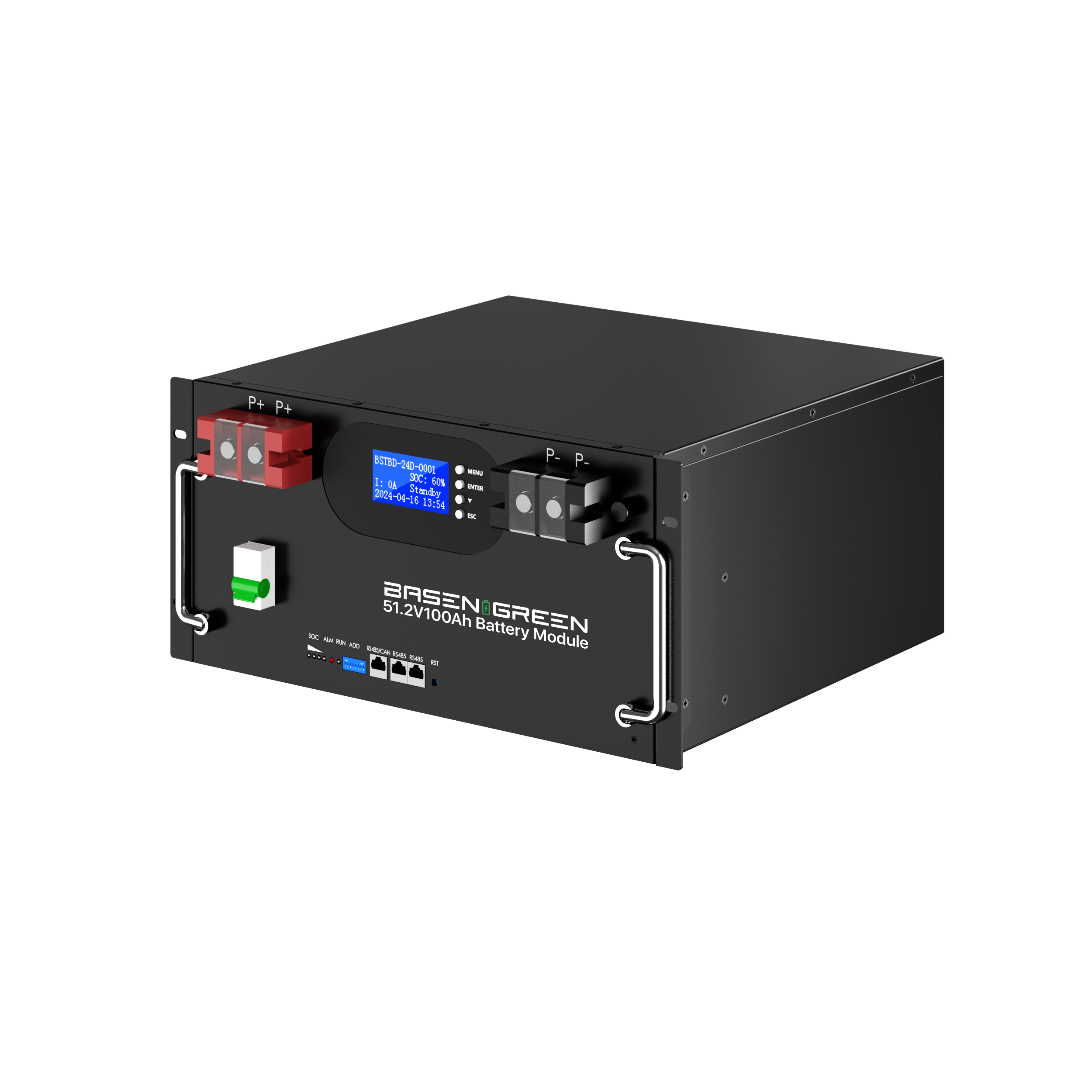
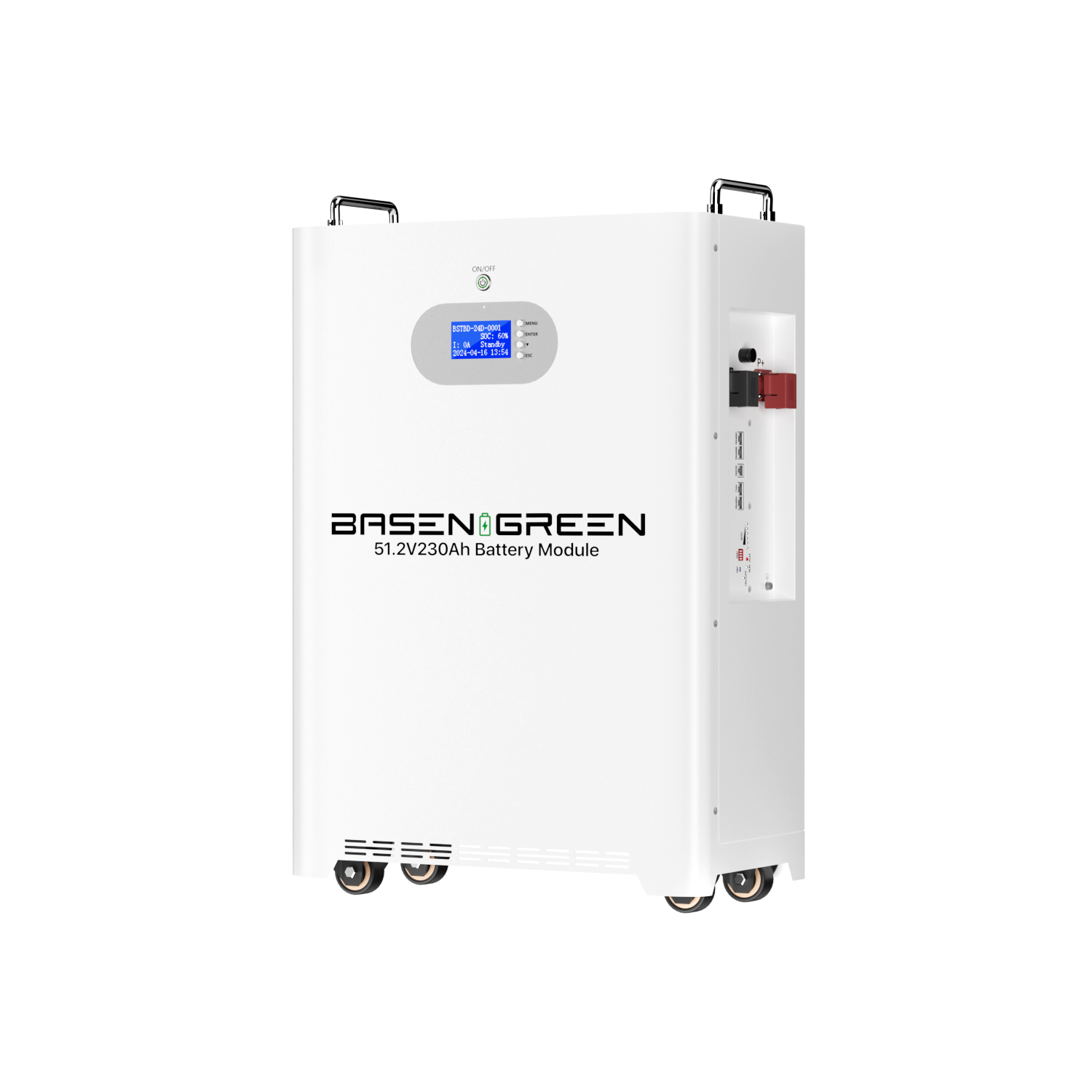
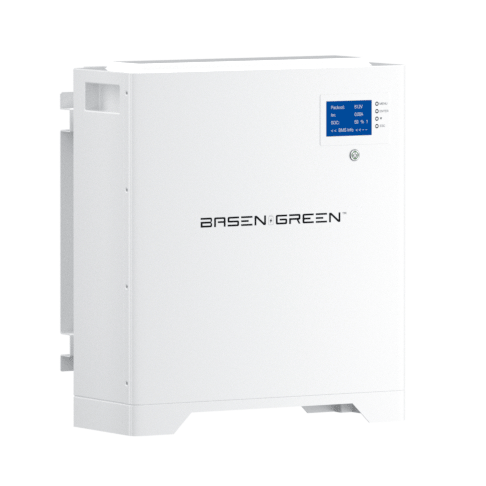
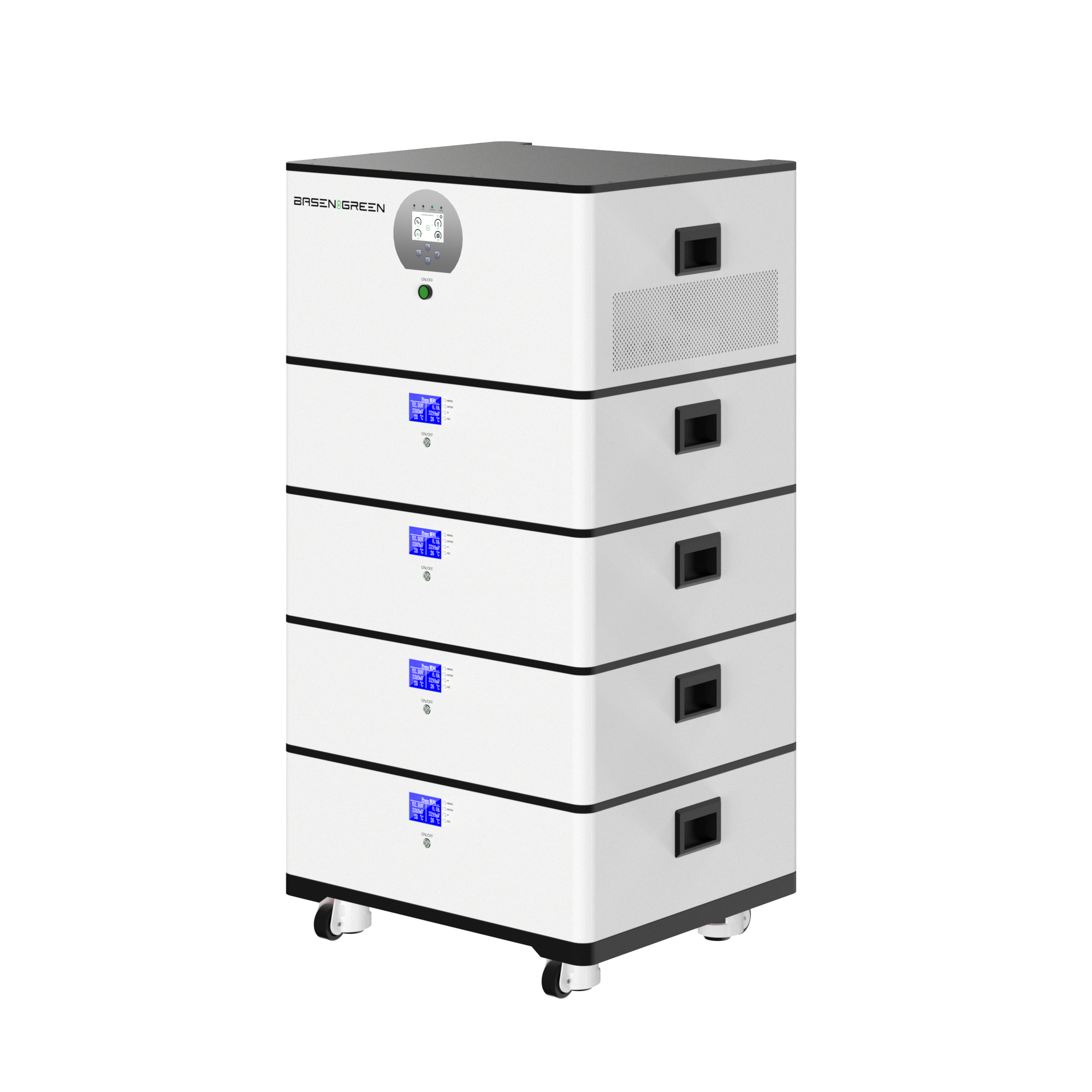


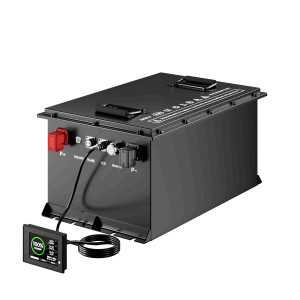
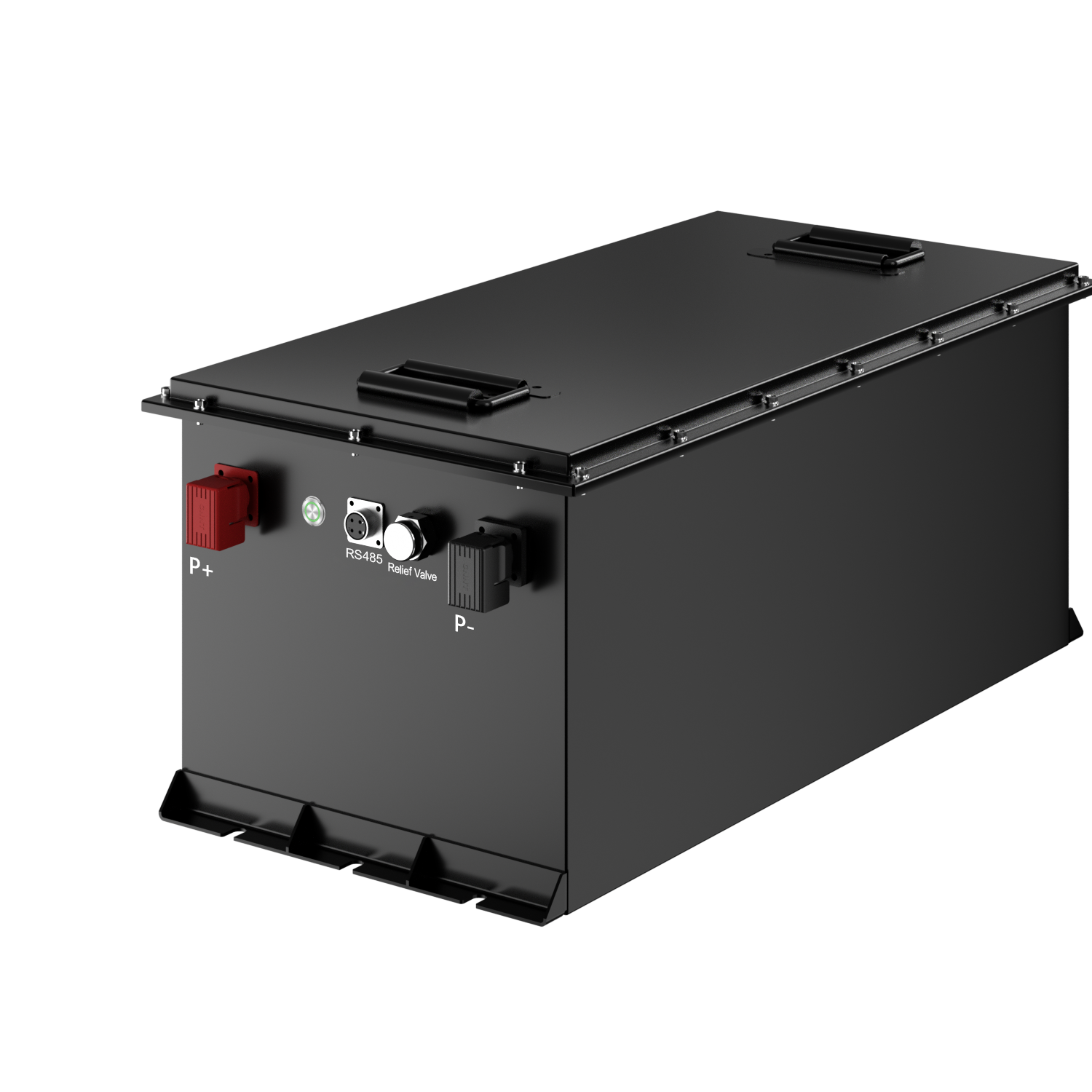
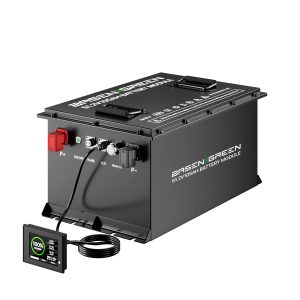
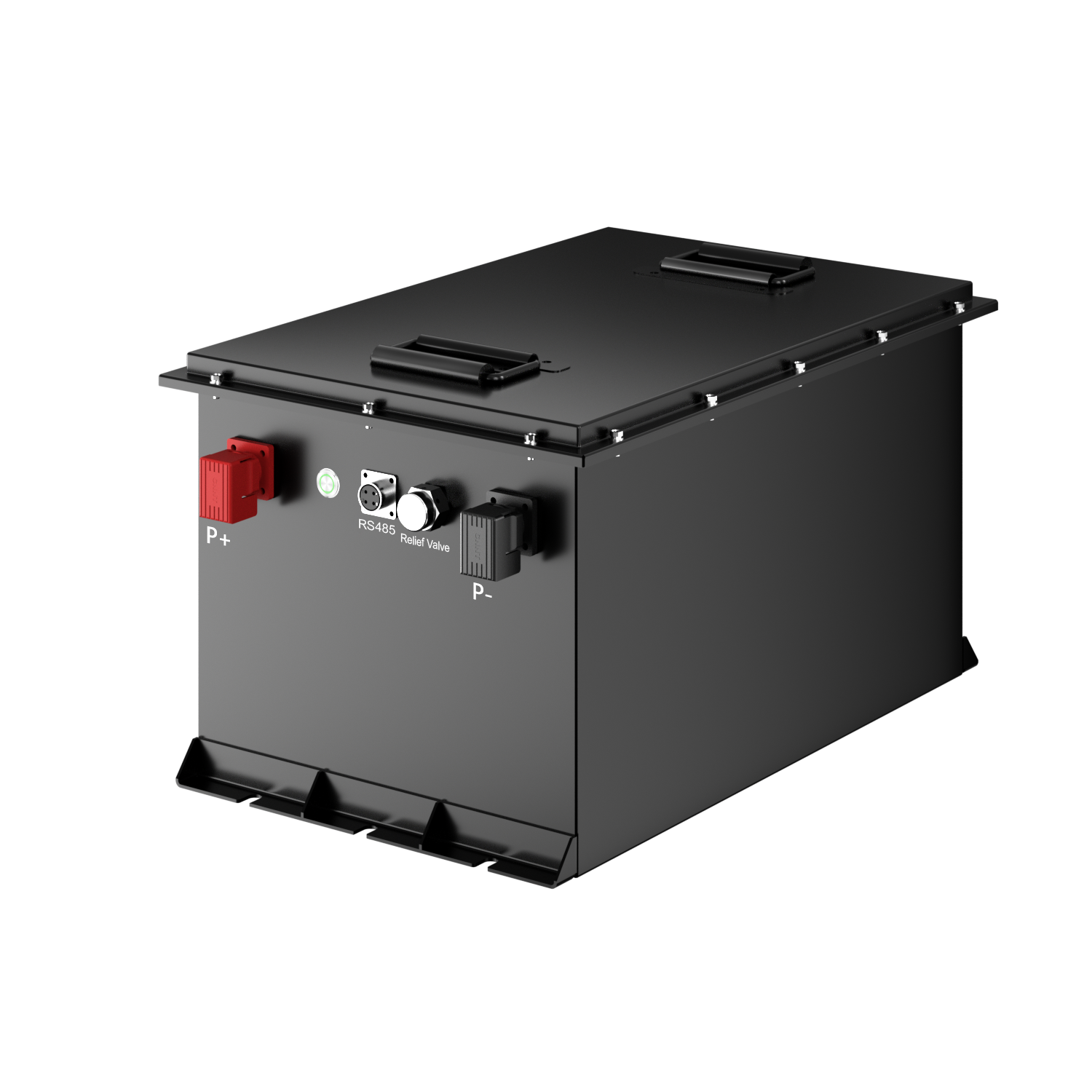
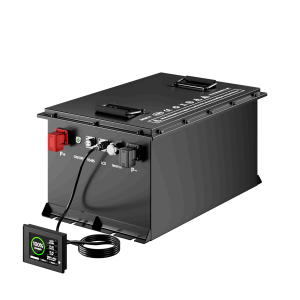

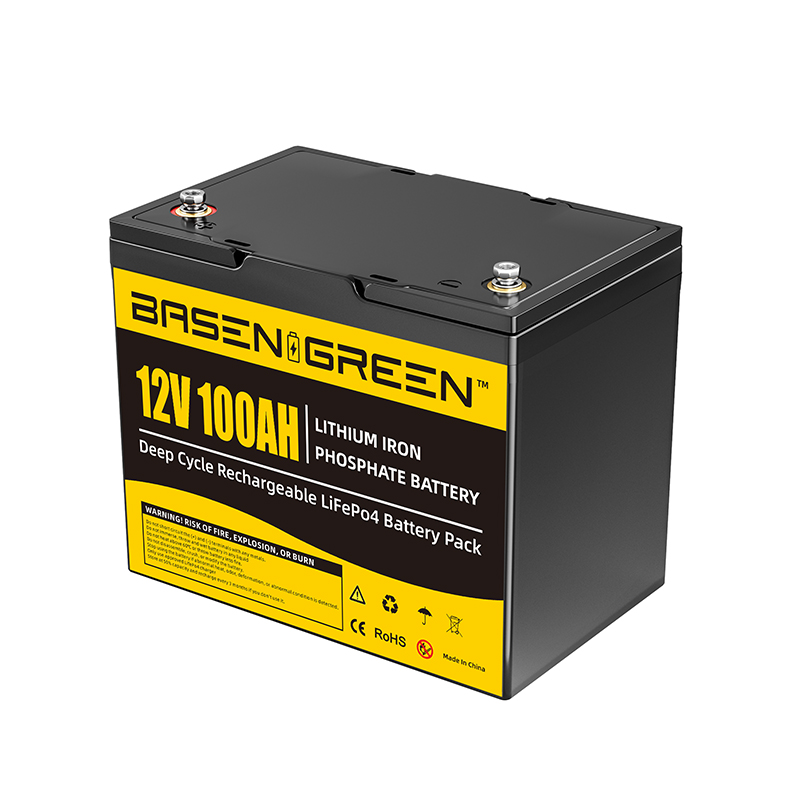

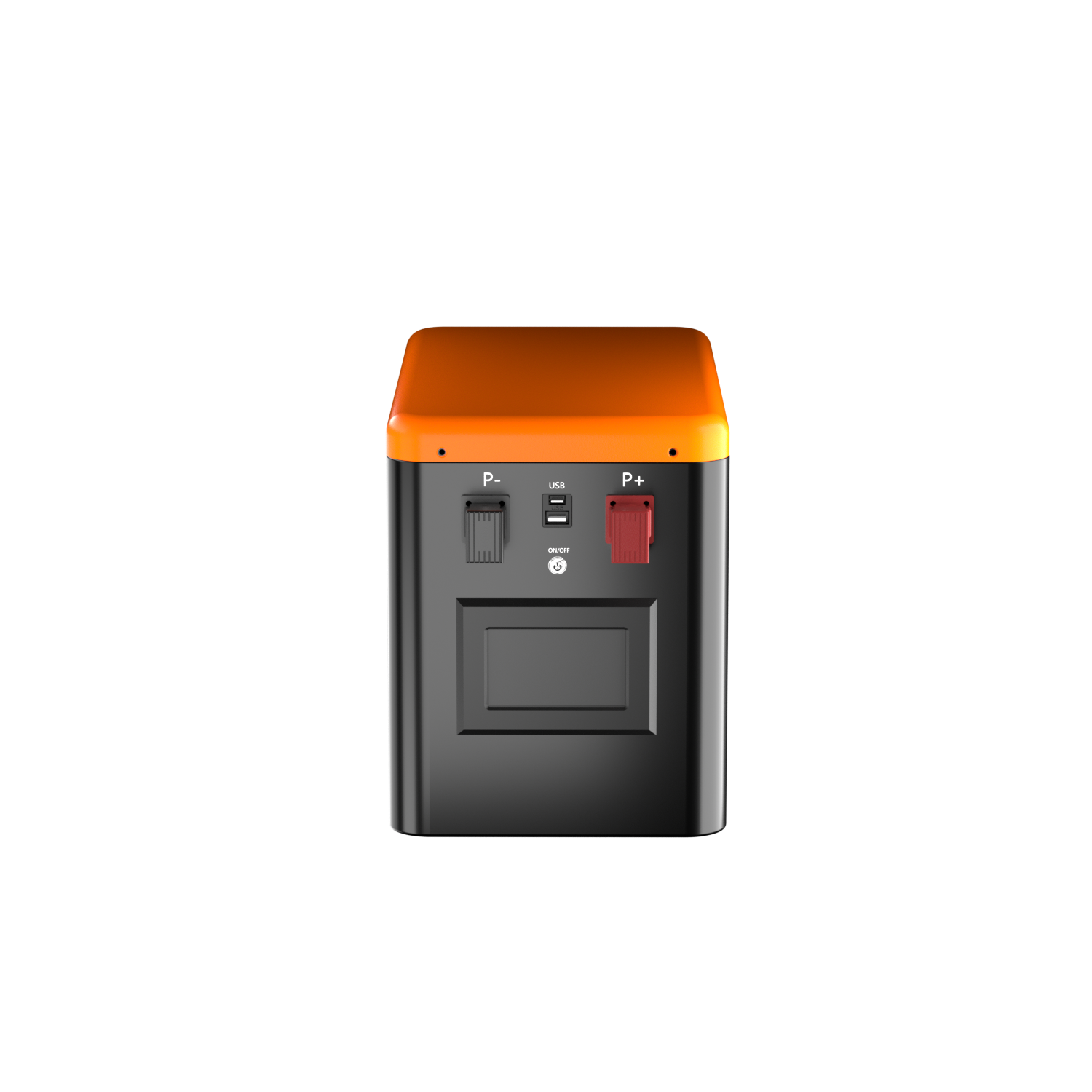
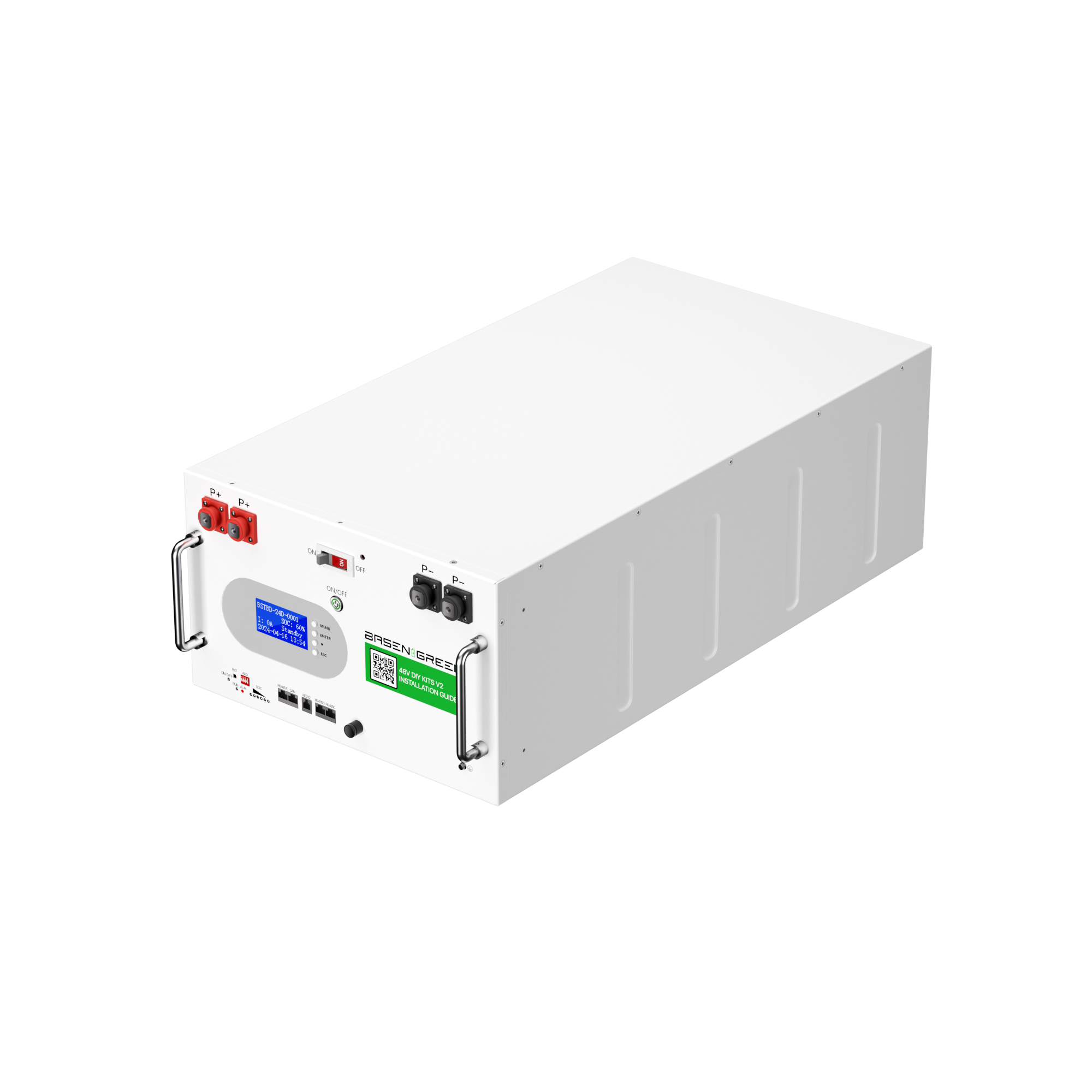
.png)